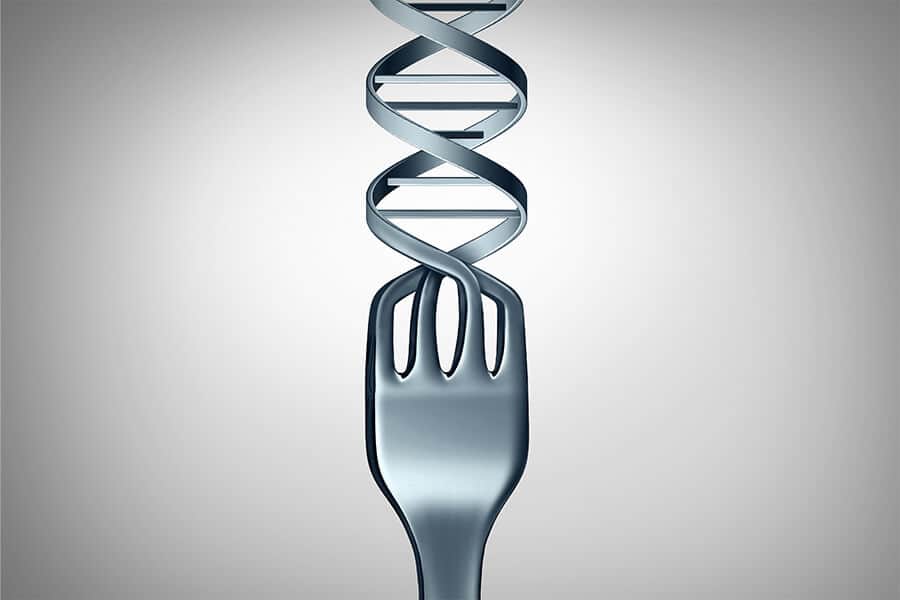Genetically modified foods have been produced and consumed for more than 2 decades and still remain a topic of controversy and are claimed to be dangerous by some experts. In this interview with Professor Matin Qaim who is an authority we discuss not only such foods but also sustainable food development for the ever expanding population in our world. Added to that is the necessity for the developing countries to catch up with the yields. This topic is addressed as well. Viable agriculture is the order of the day if a fair percentage of the population is not to go hungry.
Food and nourishment: Professor Qaim, the sales of genetically modified foods began more than 25 years back and remains a matter of contention among many. How safe are these foods?
I know that consumers are sometimes concerned, because anti-biotech interest groups often falsely portray GMOs as dangerous.
GMOs are as safe for human consumption and the environment as conventionally-produced foods. GMOs have been produced in many countries for over 20 years and consumed by hundreds of millions of consumers without a single case of harm.
In other words, GMO foods have an unblemished safety record.
I know that consumers are sometimes concerned, because anti-biotech interest groups often falsely portray GMOs as dangerous. But these concerns are unfounded.
There is a widespread scientific consensus that GMOs are safe for human consumption.
For the sake of our readers would you tell us in lay person’s terms what exactly are genetically modified foods?
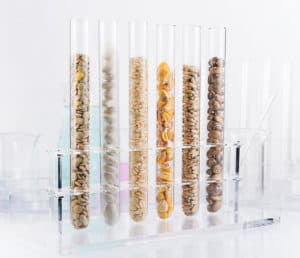
Genetic modification, sometimes also referred to as genetic engineering, involves the targeted transfer of genes or gene sequences from one organism to another. Genes are responsible for certain functions and traits in the plant, such as drought tolerance, resistance to certain insect pests, or vitamin contents. Transferring such genes into food crops can help to make agriculture more stress-resilient and nutrition-sensitive. And the toolbox of genetic engineering is expanding constantly. New gene-editing techniques, such as CRISPR/Cas, are even more precise than older gene-transfer technologies and facilitate the development of many interesting plant traits without having to transfer genes across species boundaries.
Are all of these foods tested before they reach the consumer?
Yes, GMOs have to run through safety tests that are much stricter than common tests for conventionally-produced foods. Only GMOs that are considered safe for human health and the environment after all these tests are approved for commercial use.
You have been actively involved with the developing nations that are desperately in need of more food. To what extent has science been able to help increase the nutritive value of food and also the production?
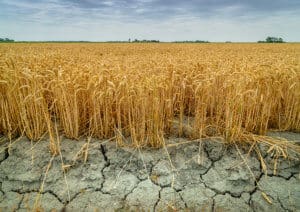
Success in plant breeding and the resulting yield increases in many developing countries have been one of the main drivers of hunger reduction over the last 50 years. These developments were mostly the result of conventional breeding methods. Conventional breeding will continue to be important, but adding new genetic engineering and gene-editing methods to the toolbox has many advantages. For instance, gene editing can be much faster than conventional breeding and allows the development of certain traits that are difficult to achieve with conventional methods alone. Better adaptation to climate stress – such as drought and heat – will become more important with accelerating climate change.
In terms of higher nutritive value, Golden Rice, which contains high contents of Provitamin A, is one of the first GMO examples that could have large nutrition and health benefits for malnourished populations in Asia.
Golden Rice has been tested for many years and will likely be approved for practical use soon in several countries of Asia.
Does genetic modification in foods also address disease and other issues in crops?
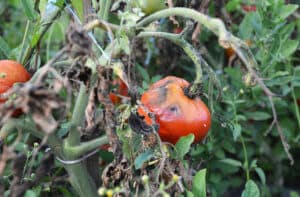
Genetic engineering can help to develop crop plants that are more resistant to pests and diseases.
Genetic engineering can help to develop crop plants that are more resistant to pests and diseases. Insect-resistant and virus-resistant GMOs are already used widely in many countries.
Resistance to fungal and bacterial diseases has also been tested successfully. Pest- and disease-resistant crops can help reduce the use of chemical pesticides, which has major environmental and health advantages.
In addition, resistant crops contribute to higher yields because of lower crop damage.
A meta-analysis that we carried out showed that insect-resistant GMO crops have reduced pesticide sprays by 40% and increased effective yields by over 20%.
Smallholder farmers in countries like India, China, and Bangladesh have been major beneficiaries of these technologies so far.
To what extent are large corporations involved in the production of genetically modified foods?
Most GMOs were commercialized by large multinational companies such as Monsanto, Bayer, or Syngenta.
Most GMOs were commercialized by large multinational companies such as Monsanto, Bayer, or Syngenta.
New transformative technologies in the hands of only a few large companies is not a good development, as this can lead to significant market power.
The main reason for the observed concentration in GMO seed markets is the heavily politicized regulation of GMOs, which makes the testing and approval procedures very costly.
Small companies and public organizations can develop GMOs, but they cannot afford the excessive regulatory costs, so that they are driven out of the market by the large players.
Therefore, we urgently need more efficient regulatory systems.
Safety needs to be ensured, but requiring many additional years of testing because of some far-fetched hypothetical risk claims can kill any new technology.
We need diversity in technology and seed markets, and this can only be ensured with efficient and science-based regulatory approaches.
Have there been any cases where it has been confirmed that genetically modified crops can actually be dangerous?
No, there is not a single case of harm after more than 20 years of GMO use in agriculture and food production. Health and environmental risks are not related to the breeding method, but to the product of breeding.
Of course, one can develop toxic foods with any breeding method, conventional or GMO.
This is why we need safety tests for the products of breeding, but requiring tests that are very different for GMOs than for conventional breeding methods is not justified on scientific grounds.
Our population on this planet is expected to reach 11 billion though over the recent times some of the bodies have revised that number to 9.7 billion before it begins to decline. Given the scenario and the advancements in agriculture will all be fed?
I am optimistic that enough food for 10 or 11 billion people can be produced with the resources available on our planet, if we develop and use new technologies wisely.
Of course, we need to increase production in a sustainable way, which means that we need to reduce the environmental and climate footprint of agriculture.
And we need to diversify agricultural production, because people need more than calories from rice, wheat, and maize.
Healthy and balanced diets require more vegetables, fruits, and legumes as well.
How much of the food is wasted of the total production?
Precise numbers are hard to come by, but it is estimated that around 30% of all the foods produced are not eaten due to losses and waste combined.
We have to differentiate between food losses, which are foods that go rotten along the supply chain because of bad infrastructure and storage conditions, and food waste, which are foods that are thrown away at the retail or household level because they are not purchased and eaten for various reasons.
Precise numbers are hard to come by, but it is estimated that around 30% of all the foods produced are not eaten due to losses and waste combined.
Losses are bigger than waste in poor countries, whereas the opposite is generally true in rich countries.
What can be done to reduce food losses and waste?
Losses can be reduced by improving transport and storage infrastructure and logistics. Waste reduction requires deeper behavioral change among consumers.
Better meal planning before making larger purchases and using leftovers for future meals instead of throwing them away are important steps.
It will be hard to reduce losses and waste down to zero, but halving the quantities of foods thrown away should be possible if we all try to consume more consciously.
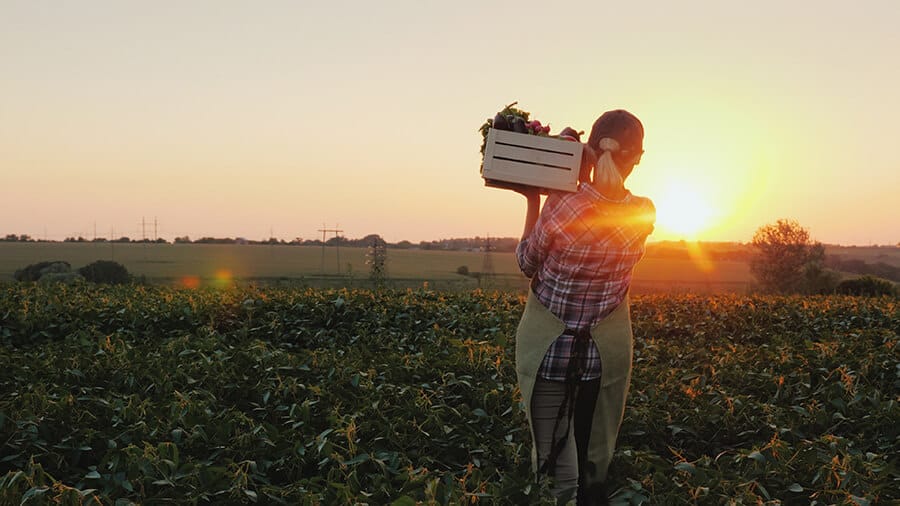
What is generally the difference in the price of food at the farm by the time it reaches supermarkets?
For unprocessed foods, farmers may on average see half of the price that consumers pay in the supermarket.
The price that farmers get for their products at the farm gate is often only a fraction of what consumers have to pay at the supermarket register. On the one hand, this is due to transportation, storage, and packaging costs on the way from the farm to the supermarket.
There are typically also several traders involved, who all want to make a certain profit.
On the other hand, a lot of the food that we buy in the supermarket is processed, which means that processing costs also have to be added.
For unprocessed foods, farmers may on average see half of the price that consumers pay in the supermarket. For highly processed foods, the share that farmers see may be as low as 10%.

With various academic degrees, several science prizes that he obtained for his work, and a vast number of published studies, Professor Matin Qaim who is with the University of Goettingen in Germany is one of the leading experts in agricultural sciences and food security. His main research areas include sustainable food systems, nutrition-sensitive agriculture, pro-poor development of the small farm sector, and the economics of agricultural innovation. He has also worked on controversial topics such as genetically modified organisms (GMOs) and their potential role for sustainable agricultural development.
Photos: From the Archive of Professor Qaim; Shutterstock
…Stay with us and read the second part of the interview with Professor Matin Qaim on Friday September 4.
Support us!
All your donations will be used to pay the magazine’s journalists and to support the ongoing costs of maintaining the site.
Share this post
Interested in co-operating with us?
We are open to co-operation from writers and businesses alike. You can reach us on our email at cooperations@youthtimemag.com/magazine@youthtimemag.com and we will get back to you as quick as we can.
